Have you noticed all of those kayaks riding along atop cars and trucks on their way to waterborne adventures? Their owners have seen the light. These slender double-ended boats require little initial investment, not much maintenance, and can be put on the water in seconds. In them we’ll cross open water, and when we get to the other side, we can follow an unspoiled creek to its source deep in the woods...far from the everyday annoyances of an intensely populated shoreline. Along the way, we’ll rest in shallow coves and watch as the life struggle of the bottom community plays out like a movie six inches below.Nick Schade, a highly regarded designer-builder of kayaks, works out of Glastonbury, Connecticut, where he does business as Guillemot Kayaks. The inspiration for the Night Heron came from his ventures into rough water. The striking 18-footer is fast, able, and more stable than its 20" breadth might suggest.On a clear day in late summer, Nick stopped by at the WoodenBoat waterfront here in Brooklin, Maine. His Subaru Forester carried two bright-finished strip-built kayaks of his own devising: the Night Heron and the longer, wider (19' 21") Expedition Single.
Join The Conversation
We welcome your comments about this article. If you’d like to include a photo or a video with your comment, please email the file or link.

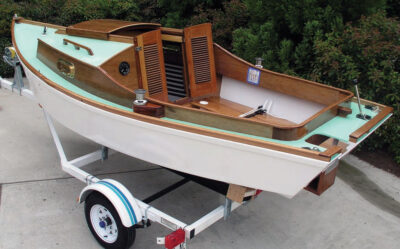
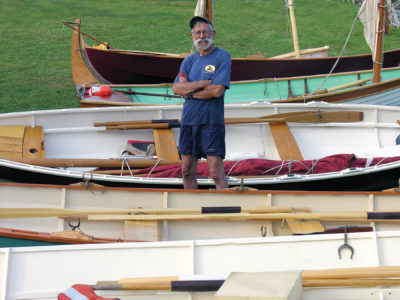
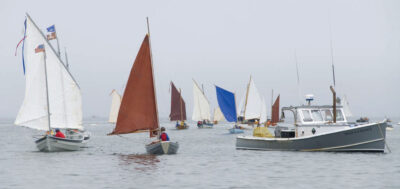
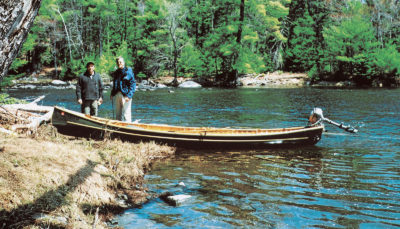
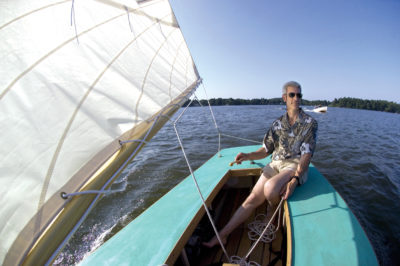
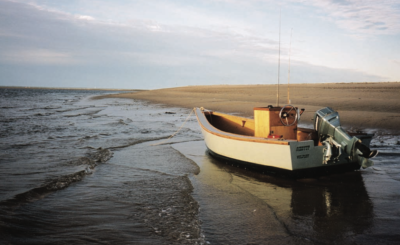
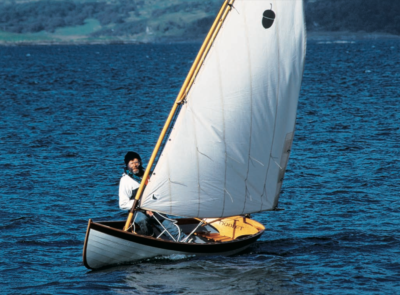
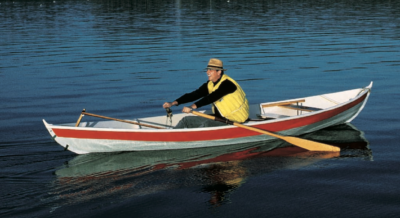
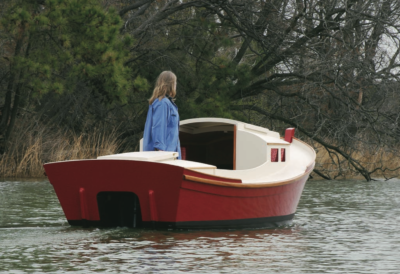
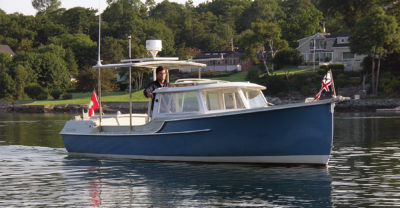
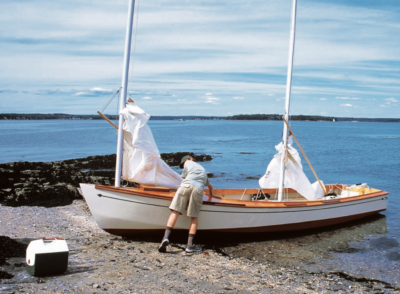
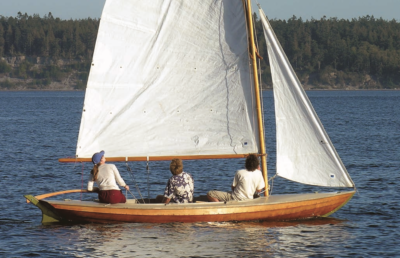
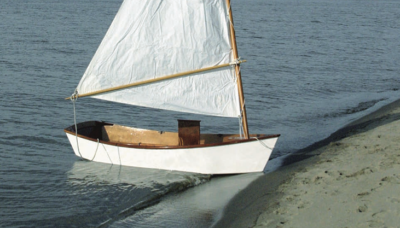
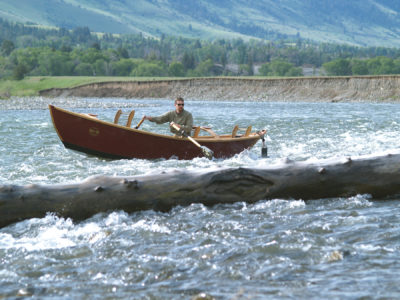
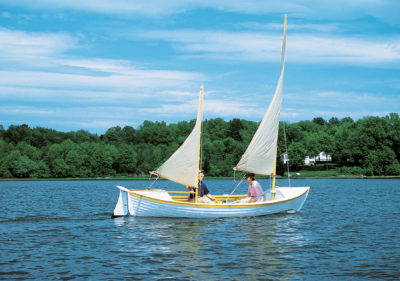
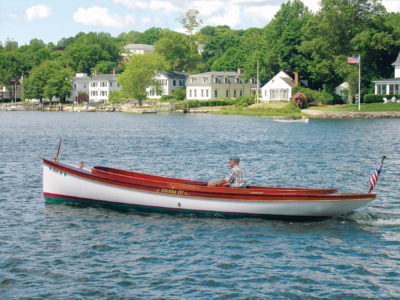
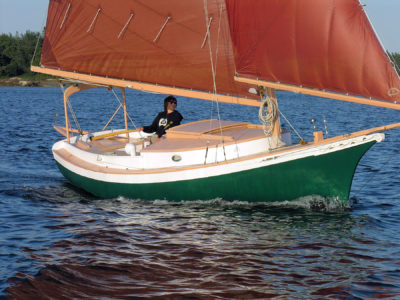
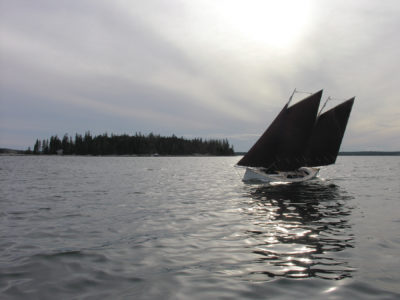
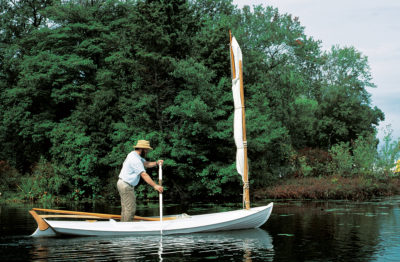
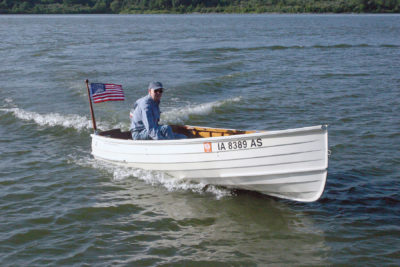
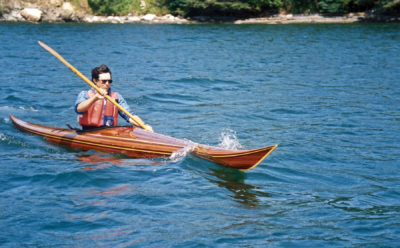
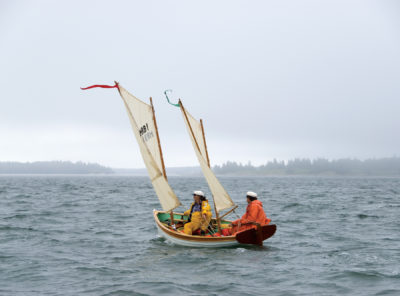
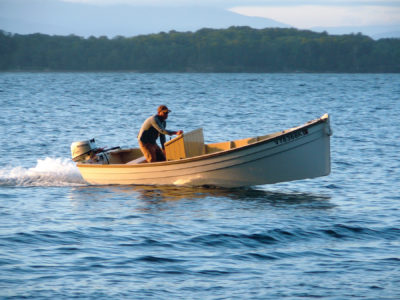
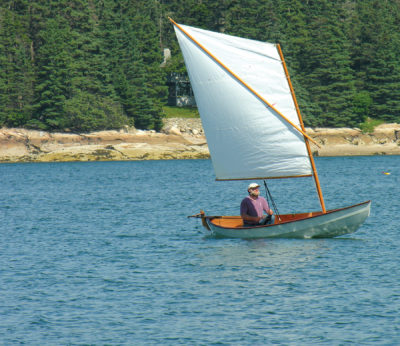
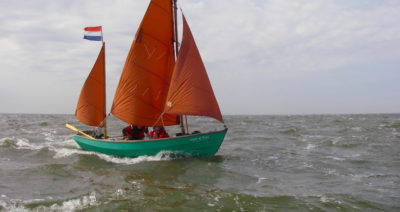
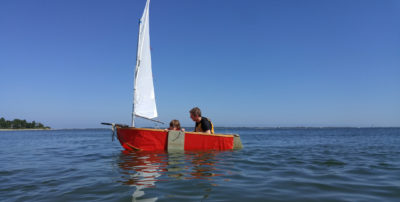

Another beautiful design by Nick. He does such great work. I took a class at WoodenBoat School building a strip-built kayak, truly a great class that provided many learned techniques. Thanks for sharing this article on the Night Heron!
John Lockwood (Pygmy Kayaks) also refers to the faceted deck sheer as a “chine,” but a more descriptive term is “knuckle.” Bend your forefinger into an arch, and you can see how much better that describes that shape. Besides, it is a term with considerable historical usage behind it. A chine, properly, is the sharp (usually) angle where topsides and bottom join. There are, of course, rounded chines.
I know it is fashionable to diss rudders (I always smile to myself when a novice vows that his or her kayak won’t have a rudder), but I am convinced there is no paddler alive who wouldn’t kill for a rudder under certain conditions. I’m talking about quartering seas and wind, and long crossings, which at times can drive you nuts. Susan Conrad, who paddled from Anacortes, Washington, to Ketchikan, sans rudder, confesses to this “weakness” in describing a long crossing with considerable wind and sea. Yes, edging the boat and compensating paddle strokes can correct problematic tracking, but several hours of this can be exhausting. Thus, rudders and skegs. Yes, they have their own problems. Skeg slots love to get jammed up with gravel when you launch off certain beaches. But there are rudder designs that work well, and are not subject to the usual quirks, and foot braces can be designed to be solid even if a rudder cable should break.
I have been paddling since 1984, and have paddled the San Juans, Sea of Cortez, Alaska’s Kenai Fjords, Haida Gwai, Belize, the Bella Bella area on the Inside Passage, many trips on Vancouver Island’s west coast, and the Whitsunday Islands in Australia. I did own one boat that absolutely could not be paddled in a straight line (with the rudder parked) for more than a half dozen strokes without veering, uncontrollably and unpredictably, to either left or right. This boat (which shall remain nameless), had full waterlines aft. I laid up out of fiberglass a stick-on fairing for the stern of the boat, duck-taped to the hull, and it completely tamed the miserable behavior. I made a point of forming hollow water lines into this fairing. I am always suspicious of kayaks with full water lines aft. A friend of mine built a stripper (I don’t know who the designer was), with full lines aft, and on the maiden voyage to Esperanza Inlet (Vancouver Island) he quickly grew frustrated due to its wild steering. He sold the boat at first opportunity.
on rudders…
Some boats can be paddled without rudders,….some can’t
All boats are better with rudders!